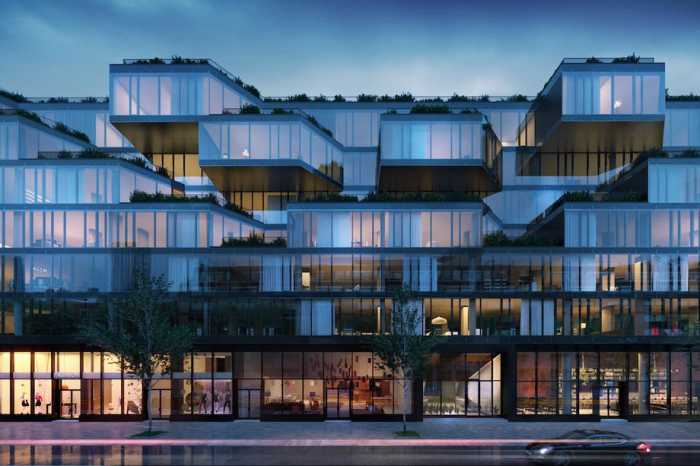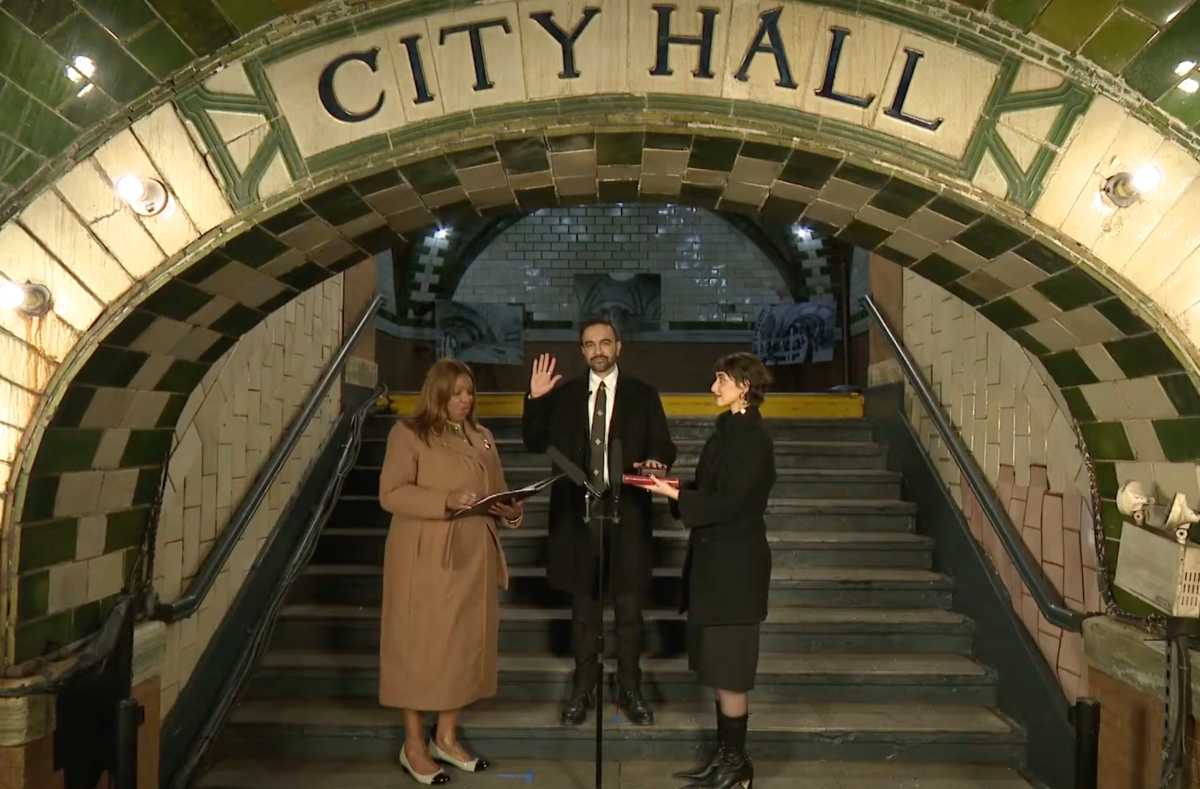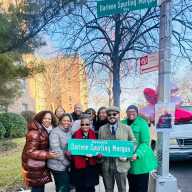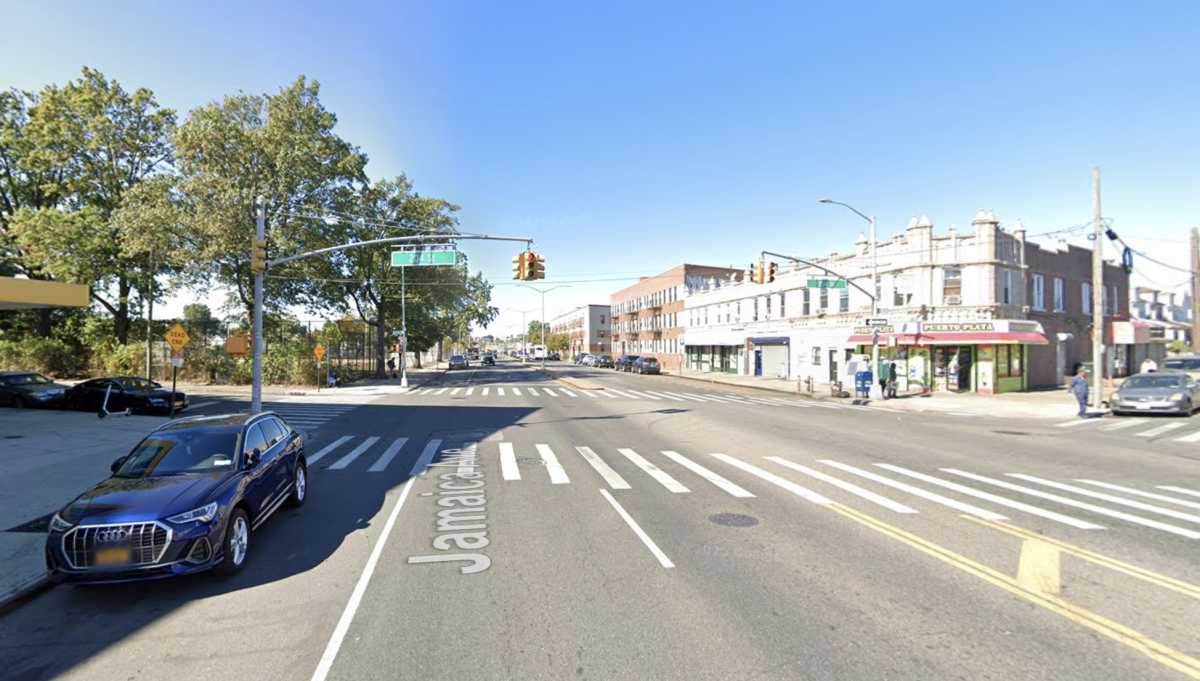By Tom Momberg
A recent report released by the city Independent Budget Office found that many landlords of residential buildings with city-regulated rents in Queens are setting rents an average of $350 less than the set maximum-regulated amounts.
For rent-regulated housing, the city sets a cap on the rate at which units can be leased. But the IBO found that owners of thousands of those qualified apartments charge tenants much less, at what is known as a preferential rate.
Landlords often charge preferential rents to keep reliable tenants. But in neighborhoods like Fresh Meadows and Bay Terrace, where roughly 60 percent of rent-regulated housing units are set at a preferential rate, the IBO said those majorities are strong indicators that market-rate rents are not constrained by rent regulations in those neighborhoods.
Rent-regulated housing includes both rent-controlled housing, which is set at the same rate for tenants or their families who have been living in their apartments since 1971 or before as well as rent-stabilized housing. Rent-stabilized units are in buildings built before 1974 which rent for less than $2,500 a month when the lease is signed or for buildings where the developer takes advantage of certain tax incentive programs. This is according to the city Rent Guidelines Board.
In the IBO’s analysis, apartment registration data from 2013, the most recent figures available, found that 23 percent of the over 765,000 state-registered rent-regulated units in the city were rented at a preferential rate.
About 42 percent of all apartments in the borough are registered as rent-regulated units, according to the RGB.
Nearly 46,500 of the regulated units in Queens were set at preferential rates, according to the IBO.
About 38 percent of rent-regulated units in Flushing are set at preferential rates — about 35 percent in Astoria and 34 percent in Sunnyside — at a mean preferential discount of about $350 below the regulated cap, according to the report.
Queens and Brooklyn have the largest numbers of regulated units receiving preferential rates in the city, the IBO said.
In analyzing the data, the IBO concluded that continued rent regulation might not make a significant difference in determining housing costs in those two boroughs, where more than a quarter of the units receive preferential rents.
Reach reporter Tom Momberg by e-mail at tmomb




































